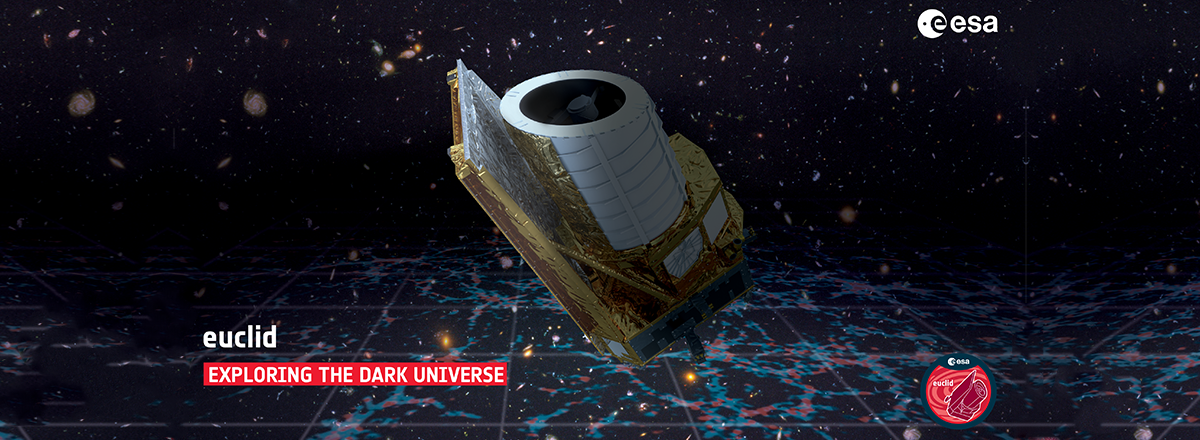SpaceX's Falcon 9 Launches ESA's Euclid Space Telescope to Map the Dark Universe
Euclid will spend six years observing regions outside the Milky Way to map over a third of the extragalactic sky. The telescope, equipped with instruments for visible and infrared light wavelengths, will record data on billions of targets, such as galaxies and stars.

In a new mission to map the "dark universe," the European Space Agency's (ESA) Euclid space telescope has been successfully launched into orbit by SpaceX's Falcon 9 rocket. The launch took place from Space Launch Complex 40 at the Cape Canaveral Space Force Station, Florida.
The Euclid space observatory is designed to study dark matter and dark energy, which constitute a major portion of the universe. The telescope, with a project cost of €1 billion, embarked on its journey to the sun-Earth Lagrange point 2 (L2), located approximately 1.5 million kilometers away from Earth, where it will begin its mission. At L2, Euclid will capture images of galaxies and other celestial objects, contributing to the understanding of the "dark universe."
Euclid will spend six years observing regions outside the Milky Way to map over a third of the extragalactic sky. The telescope, equipped with instruments for visible and infrared light wavelengths, will record data on billions of targets, such as galaxies and stars. With images at least four times clearer than those obtained from Earth, Euclid's observations will provide crucial insights into the behavior of the dark universe.
The mission aims to unravel the effects of dark energy and dark matter on celestial objects, including galaxy mergers, the universe's expansion, and the movements of individual stars. Euclid's data will contribute to cosmologists' understanding of how the dark universe influences cosmic phenomena over time.

